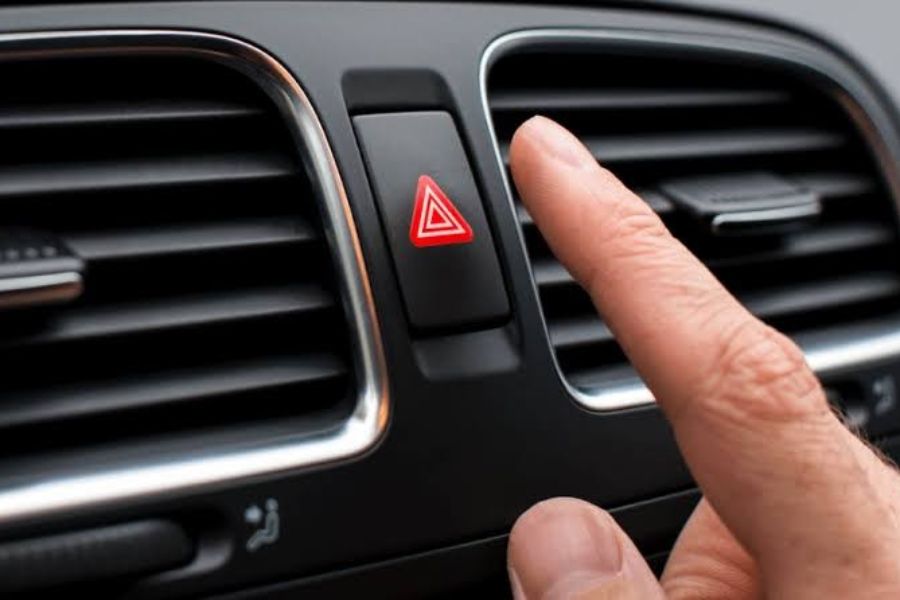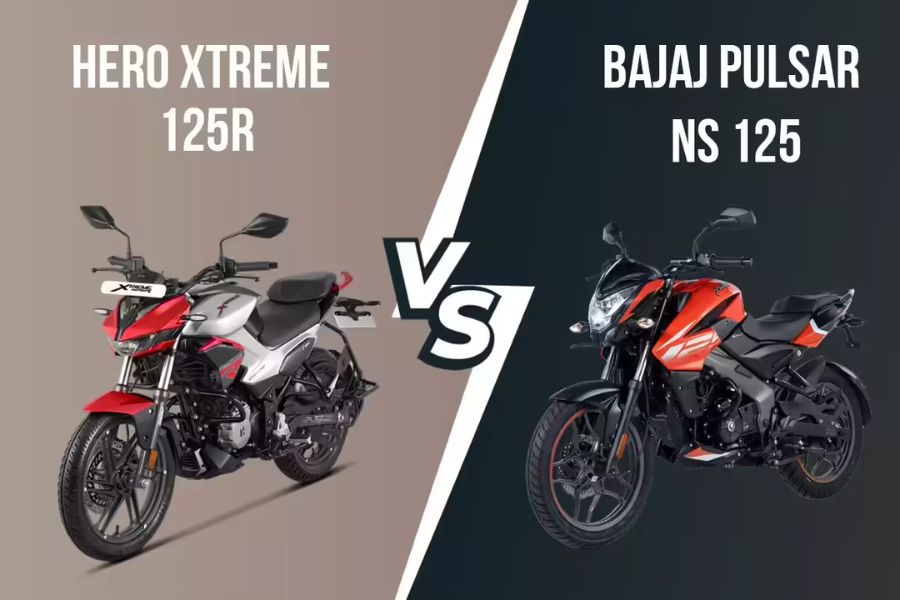Flexible fuel vehicles (FFVs) are equipped with internal combustion engines capable of running on a variety of fuel blends, including gasoline and ethanol up to 83%. While sharing similarities with conventional gasoline cars, FFVs require specific components to accommodate ethanol’s distinct chemical properties and energy content. Let’s delve into the key components and workings of a flex fuel car.
Key Components of a Flex Fuel Car
1. Battery
The battery serves the dual purpose of initiating engine startup and powering the vehicle’s electronic systems and accessories.
2. Electronic Control Module (ECM)
The ECM plays a crucial role in regulating fuel mixture, ignition timing, emissions systems, and overall vehicle operation. It is calibrated to handle the higher oxygen content associated with ethanol.
3. Exhaust System
Responsible for directing engine exhaust gases out through the tailpipe, the exhaust system incorporates a three-way catalyst to minimize emissions.
4. Fuel Filler
The fuel filler is the point where a fuel dispenser nozzle connects to the vehicle, facilitating the filling of the tank.
5. Fuel Injection System
This system introduces fuel into the engine’s combustion chambers, ensuring proper ignition.
6. Fuel Line
A network of metal tubes or flexible hoses transports fuel from the tank to the engine’s fuel injection system.
7. Fuel Pump
The fuel pump transfers the fuel from the tank to the engine’s fuel injection system through the fuel line.
8. Fuel Tank (Ethanol/Gasoline Blend)
This component stores the fuel blend on board, providing the necessary power for the engine.
9. Internal Combustion Engine (Spark-Ignited)
In this configuration, fuel is injected into either the intake manifold or combustion chamber, combining with air and igniting through a spark plug.
10. Transmission
The transmission transfers mechanical power from the engine and/or electric traction motor to drive the wheels.
Understanding the integration of these components is vital for comprehending the functionality of flexible fuel vehicles powered by ethanol blends.
Read More:




